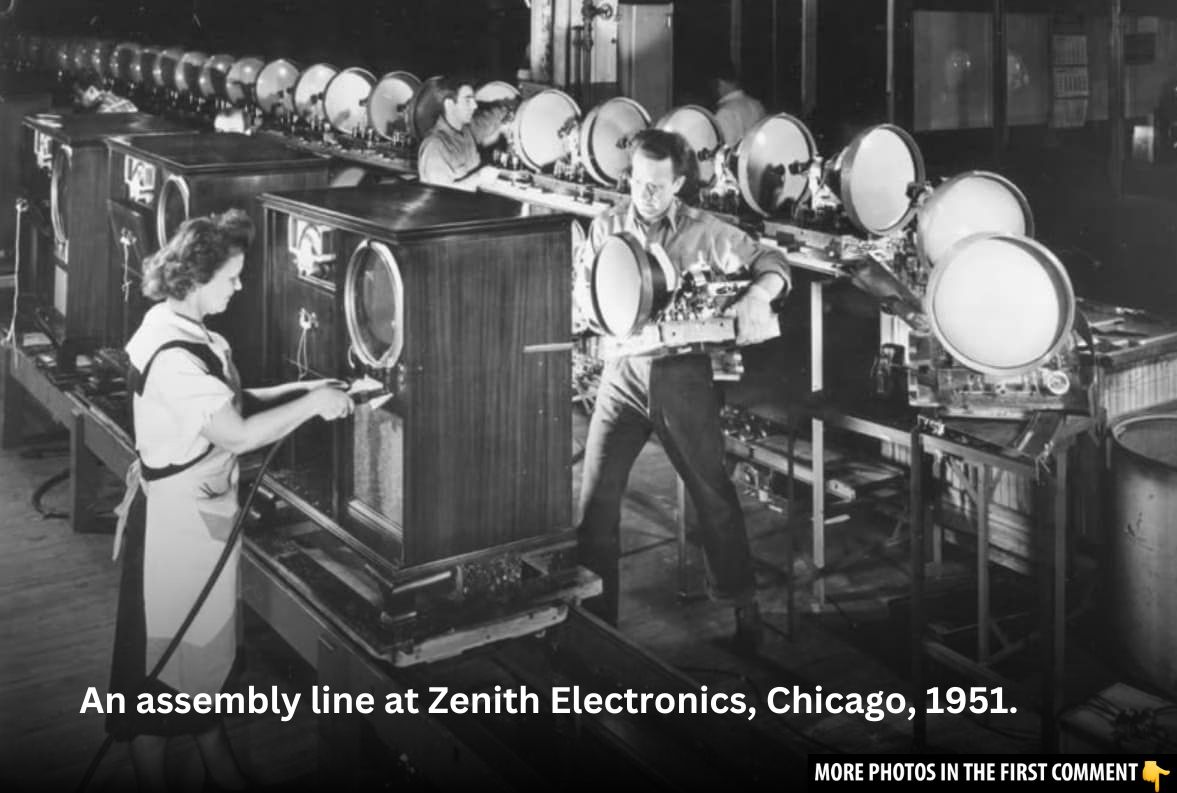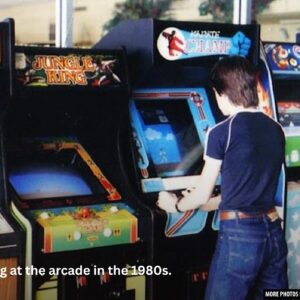Zenith Radio Corporation, an iconic American brand that rose from humble beginnings, played a transformative role in the radio and television industries. Founded in 1918, Zenith went from a small operation in a Chicago garage to one of the leading manufacturers of radios and televisions in the mid-20th century. Its story is not just about innovation, but also about overcoming challenges, adapting to changing markets, and leaving an enduring legacy that continues to impact the technology industry today. Let’s explore how Zenith’s journey through the decades shaped the world of electronics.
The Rise of Zenith Radio
The story of Zenith begins with two visionary men, Karl Hassel and Ralph Mathews, who founded the company under the name Chicago Radio Laboratory in 1918. Inspired by the rapid technological advancements of the time and fueled by their passion for radio, the duo set out to create their own line of radios. The early years were a struggle, with the company operating out of a small garage and an apartment. Despite the modest beginnings, their ambition was clear: they were ready to create something big.
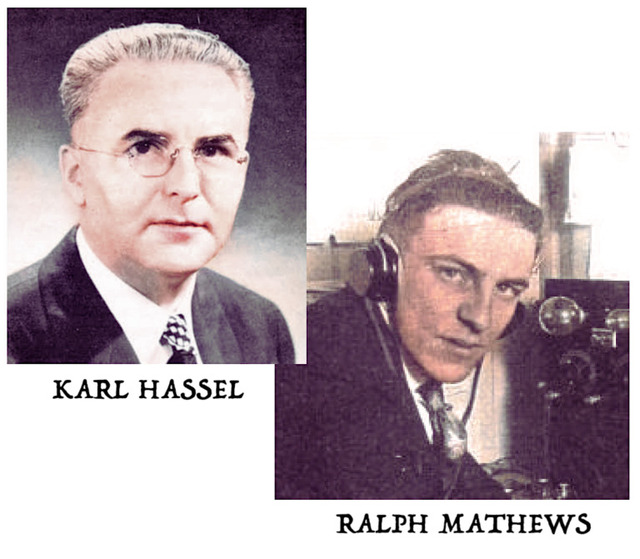
The company’s first significant breakthrough came when they began experimenting with long-wave receivers and oscillating audion circuits. These early inventions laid the groundwork for what would later become Zenith’s reputation for quality and innovation. By 1920, the company had changed its name to Zenith Radio Corporation, a decision that marked the beginning of its meteoric rise in the industry.
Video
Watch the video “Remember American TV Brands? What happened to them?” to find out what happened to these iconic brands!
The “Commander” Era: Eugene F. McDonald’s Impact

In 1921, Zenith’s fortunes changed when Eugene F. McDonald, Jr. entered the picture. A high school dropout and former car salesman, McDonald had built a name for himself during World War I as a Lieutenant-Commander in Navy Intelligence. His entrance into Zenith was nothing short of transformative.
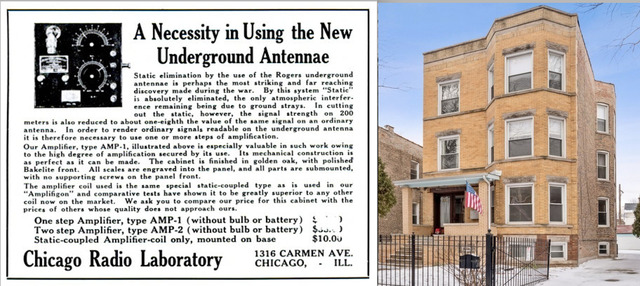
McDonald’s business acumen and vision for the future helped the company grow exponentially. He not only brought much-needed capital but also a relentless drive to innovate. One of his first major moves was to rename the company from “Z-nith” to “Zenith” and introduce a new lightning bolt logo that would become synonymous with quality electronics.
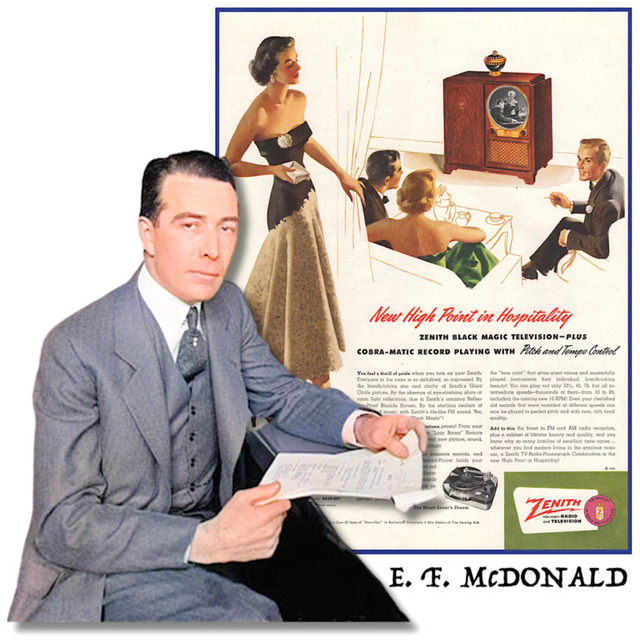
Under McDonald’s leadership, Zenith expanded rapidly. The company formed key partnerships with firms like the QRS Music Company, which helped boost Zenith’s production capabilities. By the mid-1920s, Zenith was able to manufacture a wide range of radios, including the iconic Model 4R Long Distance Receiver, which even made its way to the North Pole with explorer Donald Baxter MacMillan in 1923.
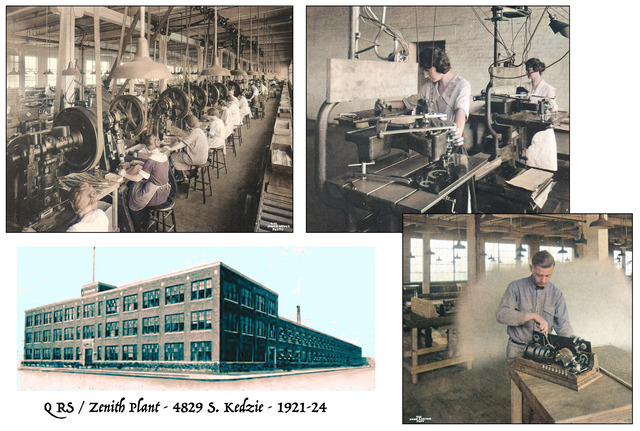
Zenith’s Golden Age: The 1950s and 1960s
The 1950s and 1960s were Zenith’s golden years, as the company became a dominant force in both radio and television. By this time, Zenith had moved well beyond its radio origins, embracing the rapidly growing television market. Zenith became one of the leading manufacturers of black-and-white televisions and eventually entered the color TV market, solidifying its place as an industry leader.
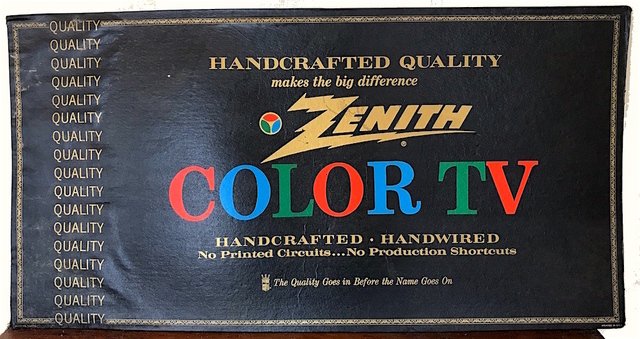
During this period, Zenith introduced some of its most iconic products, including portable radios like the Royal 500. The Royal 500 was a game-changer in the radio world. Its compact size, durability, and high-quality sound made it a favorite among consumers. With its unbreakable nylon case and exceptional reception, it became the go-to radio for people on the move.
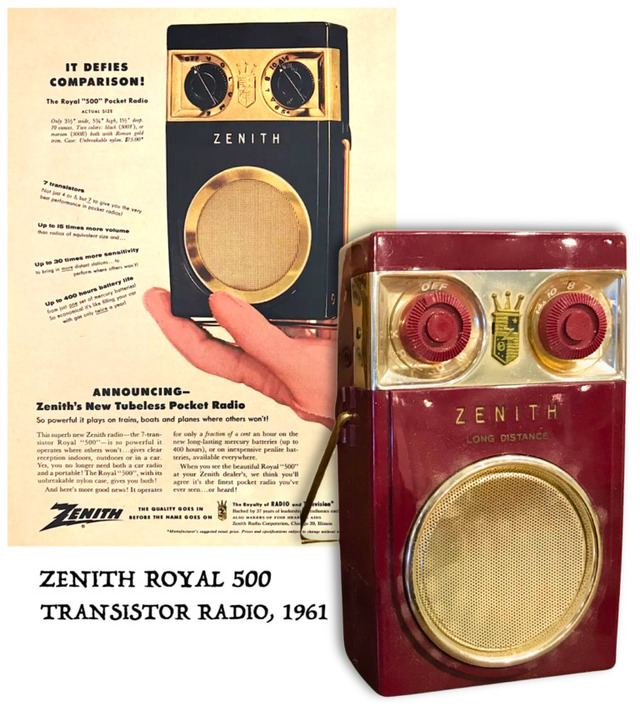
Zenith was also a pioneer in the television space. Its televisions were known for their quality and innovative designs, making the company a household name. Zenith’s commitment to R&D and design led to the development of lightweight, plastic TV cabinets that were both affordable and stylish, embodying the new Space Age aesthetic.
Challenges of the 1970s: The Rise of Global Competition
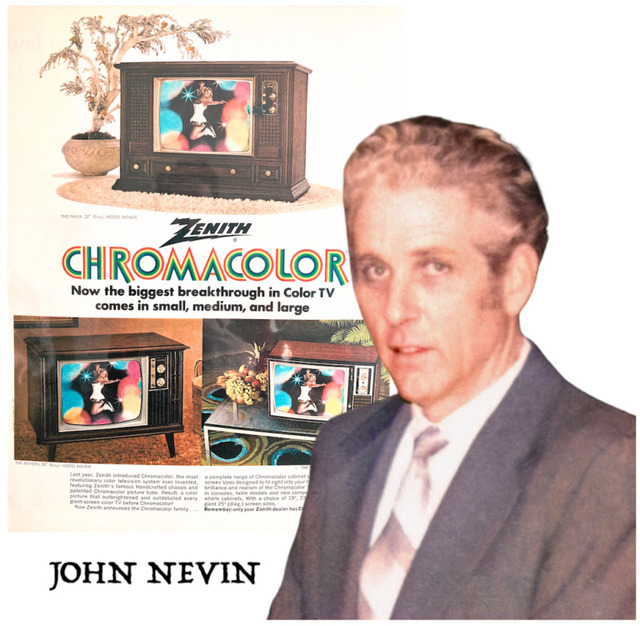
Despite its success, Zenith faced increasing competition in the 1970s. The rise of low-cost electronics from Japan posed a significant challenge to American companies, including Zenith. By 1977, Zenith was struggling to maintain its position as the largest television manufacturer in the U.S.
The company’s chairman, John Nevin, openly criticized Japan for “dumping” low-priced electronics into the U.S. market. Zenith was forced to cut costs, leading to mass layoffs and a significant shift in its manufacturing practices. Many jobs were moved to Mexico and Taiwan, sparking protests from the company’s loyal Chicago workforce. Despite these challenges, Zenith continued to innovate, launching the Spirit of ’76 portable television to mark the bicentennial in 1976.
Zenith’s Decline and the End of an Era
The 1980s marked the beginning of the end for Zenith as a dominant force in the electronics industry. As global competition intensified, Zenith struggled to keep up with the rapidly changing landscape. In the 1980s, personal computing emerged as the next big frontier, but Zenith was slow to embrace this new technology.
While Zenith’s subsidiary, Zenith Data Systems, saw some success in the personal computing space, the company’s core business of radios and televisions was on the decline. By the 1990s, Zenith’s position as a market leader was in jeopardy. In 1998, Zenith’s last remaining U.S. factory was shut down, and the company filed for Chapter 11 bankruptcy.
The Legacy of Zenith Radio Corporation
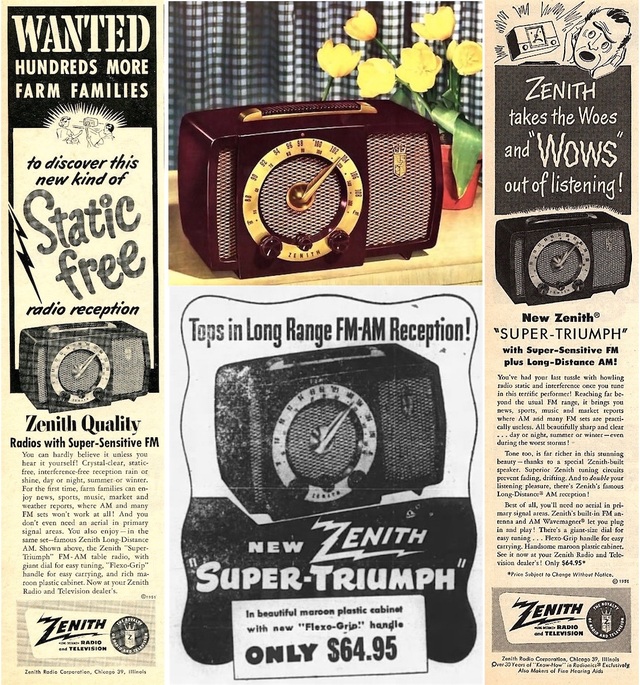
Though Zenith’s story ended on a bittersweet note, its legacy remains an important chapter in the history of American technology. Zenith was instrumental in shaping the development of both radio and television, and its innovations laid the foundation for many of the devices we take for granted today. From the Royal 500 transistor radio to the iconic Spirit of ’76 television, Zenith’s products remain treasured relics of a bygone era.
Zenith’s rise and fall serve as a reminder of the rapid pace of technological change and the challenges that come with staying ahead in a competitive market. Despite its decline, the company’s impact on the electronics industry is undeniable, and its contributions to the world of consumer electronics will always be remembered.
Gallery: Images of Zenith’s Iconic Products and Factories

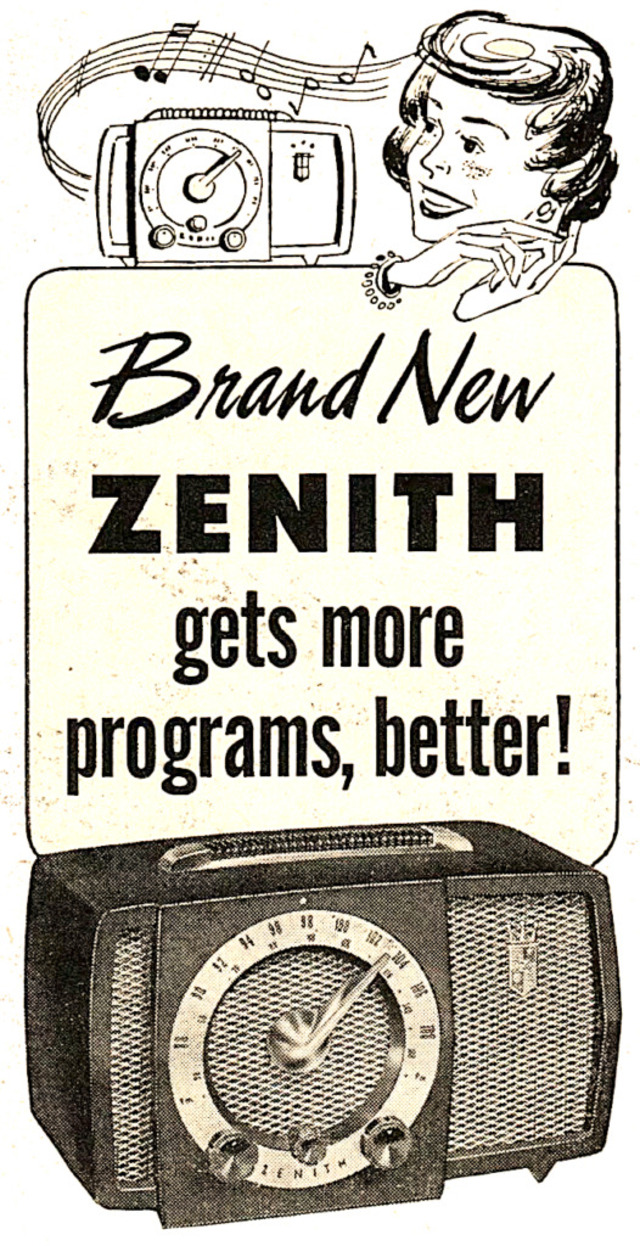
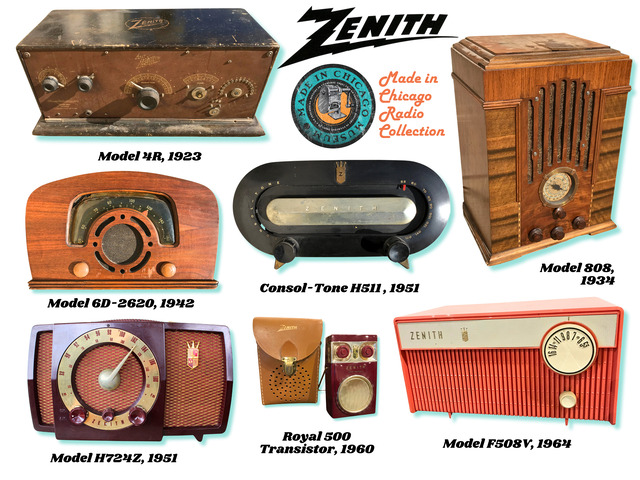
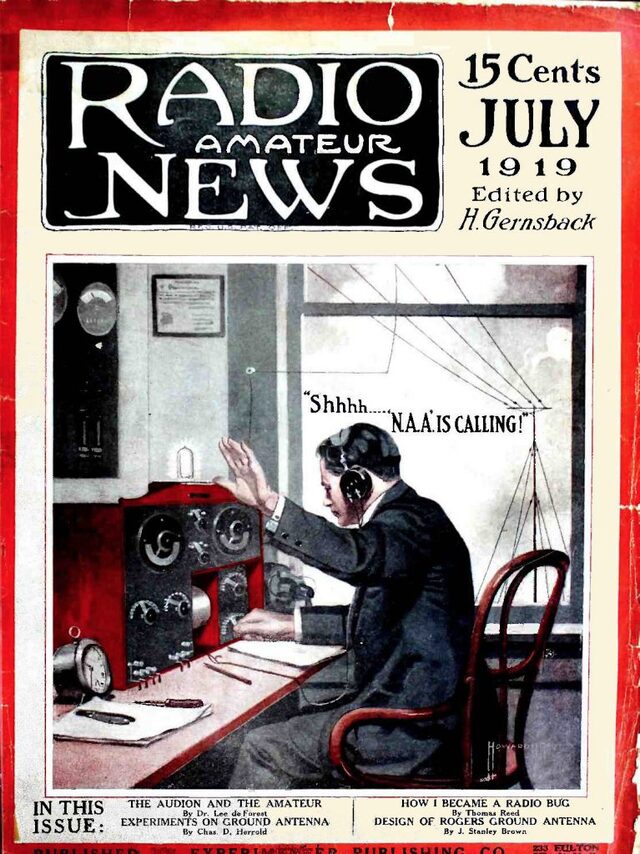
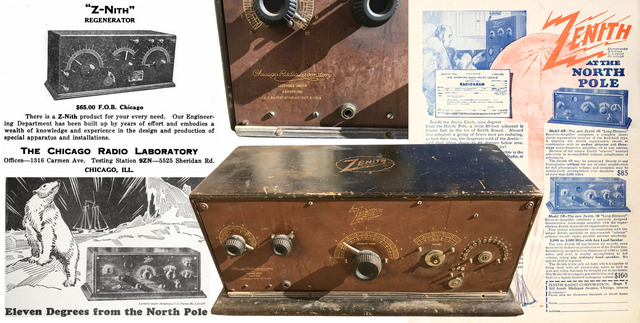
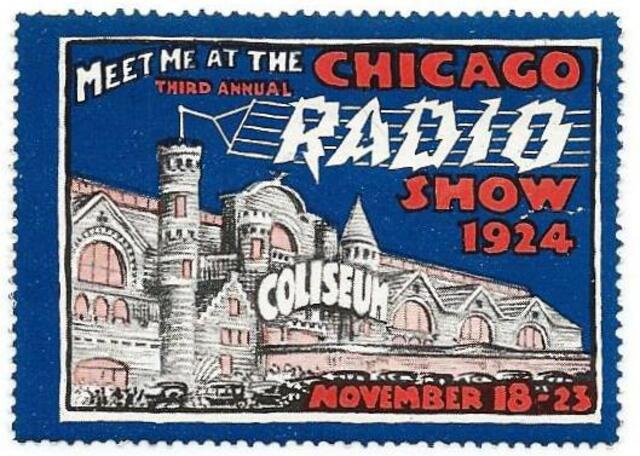
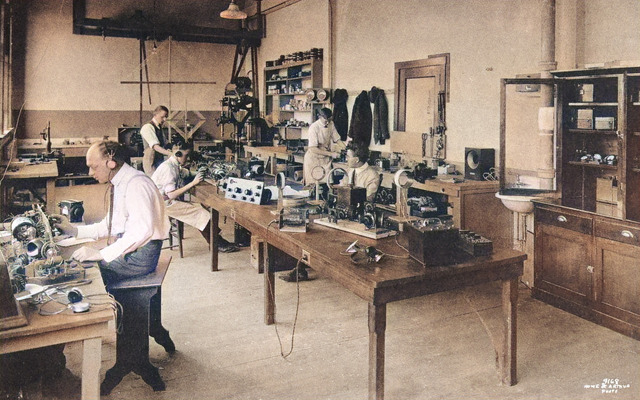
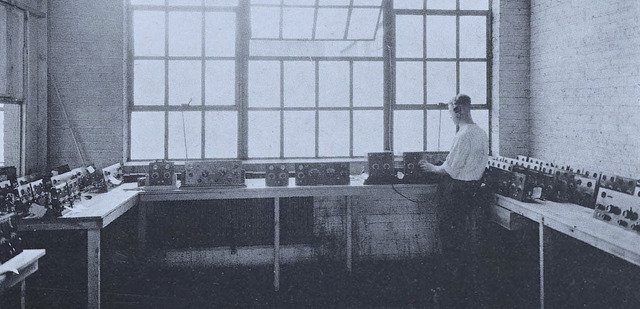
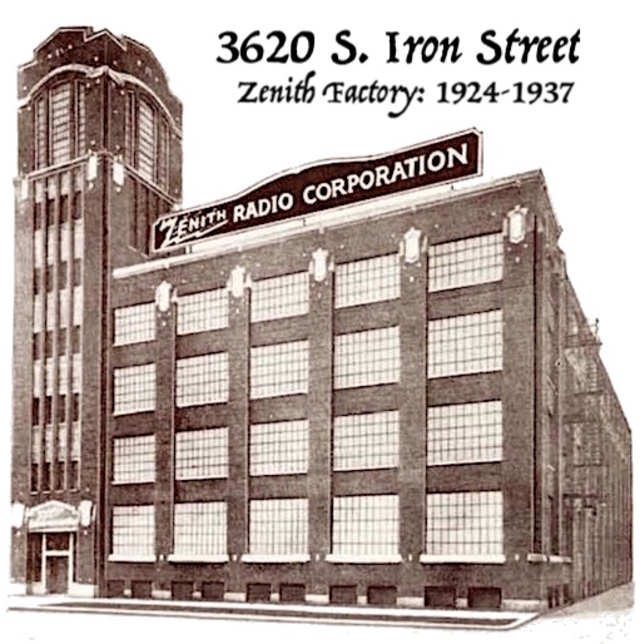
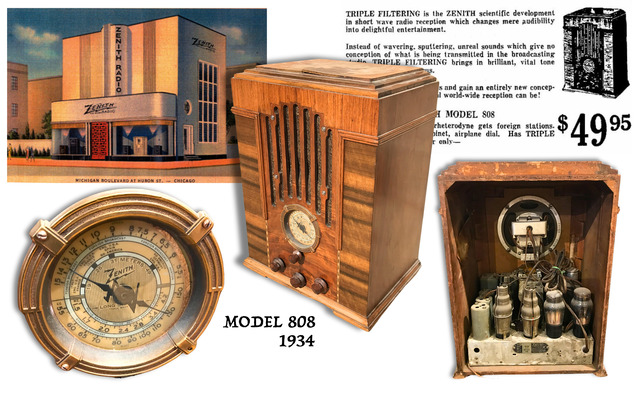
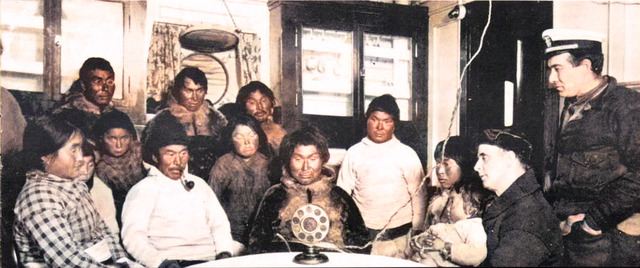
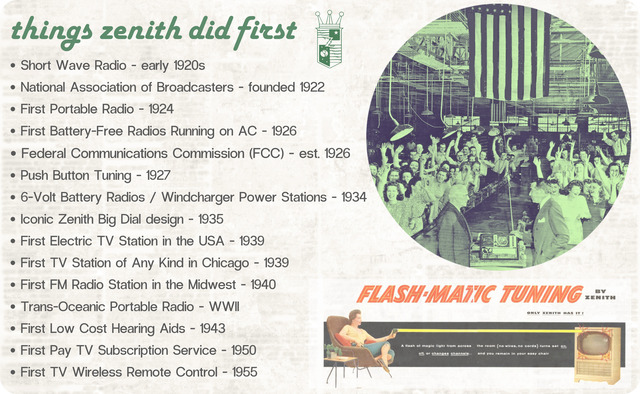
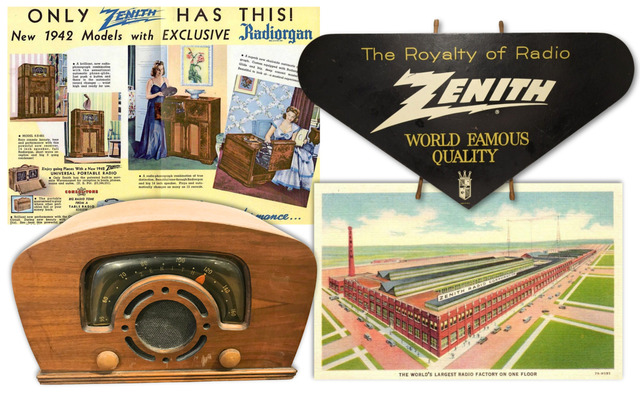
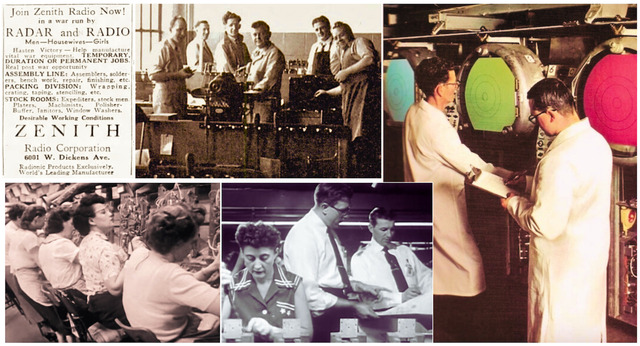


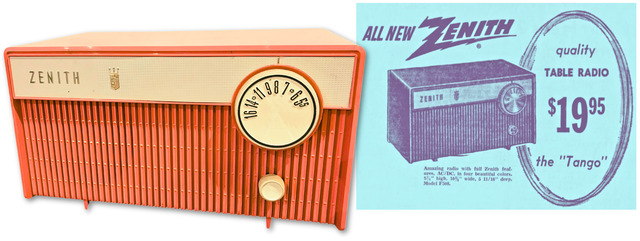
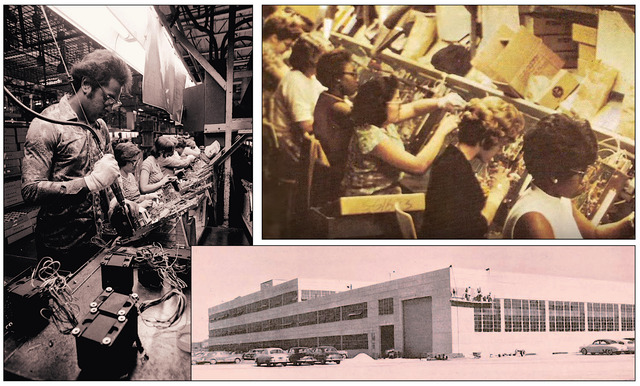


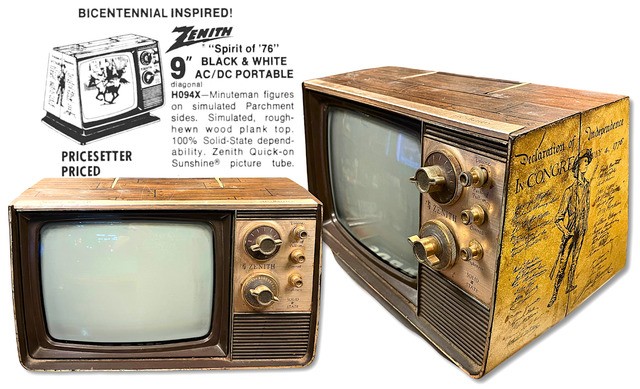

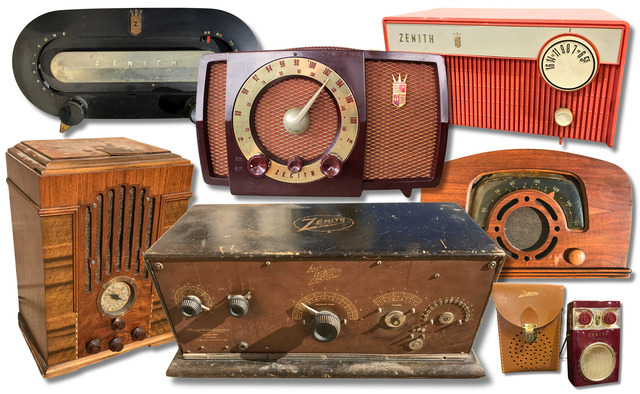
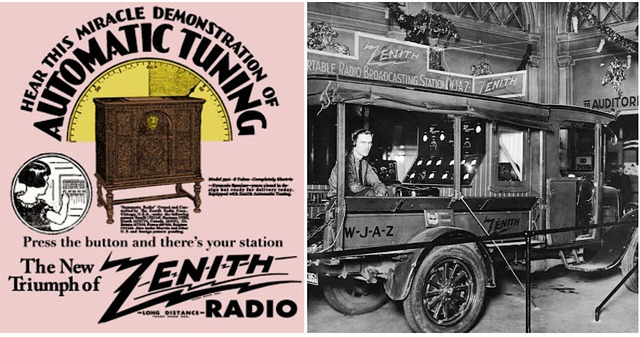
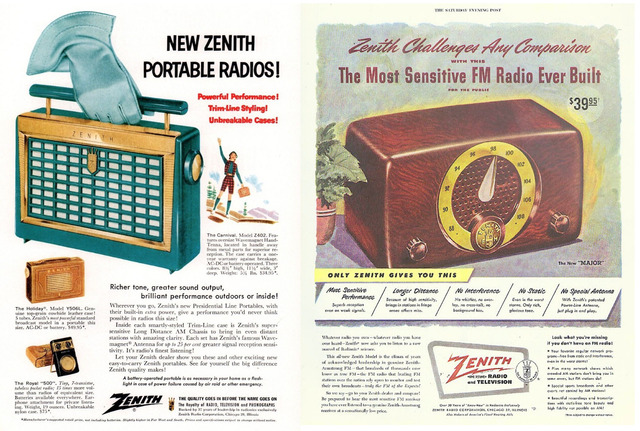
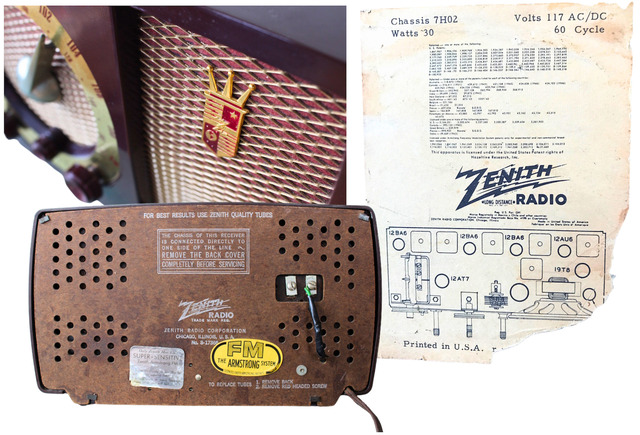
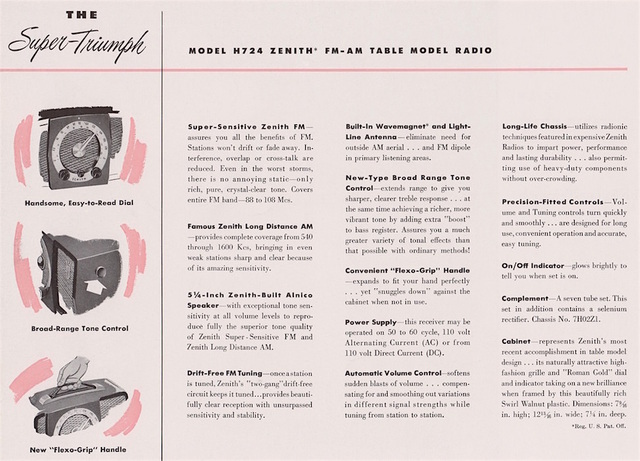


Video
Watch the video “Abandoned Zenith Electronics Factory in Chicago” to explore this historic site!
Conclusion
Zenith Radio Corporation’s journey from a small garage in Chicago to becoming a global leader in electronics is a testament to the power of innovation and perseverance. From theearly days of radio to the rise of television, Zenith played a crucial role in shaping the media landscape of the 20th century. Although it eventually succumbed to the pressures of global competition, Zenith’s legacy continues to live on through its groundbreaking products and the indelible mark it left on the history of technology.
